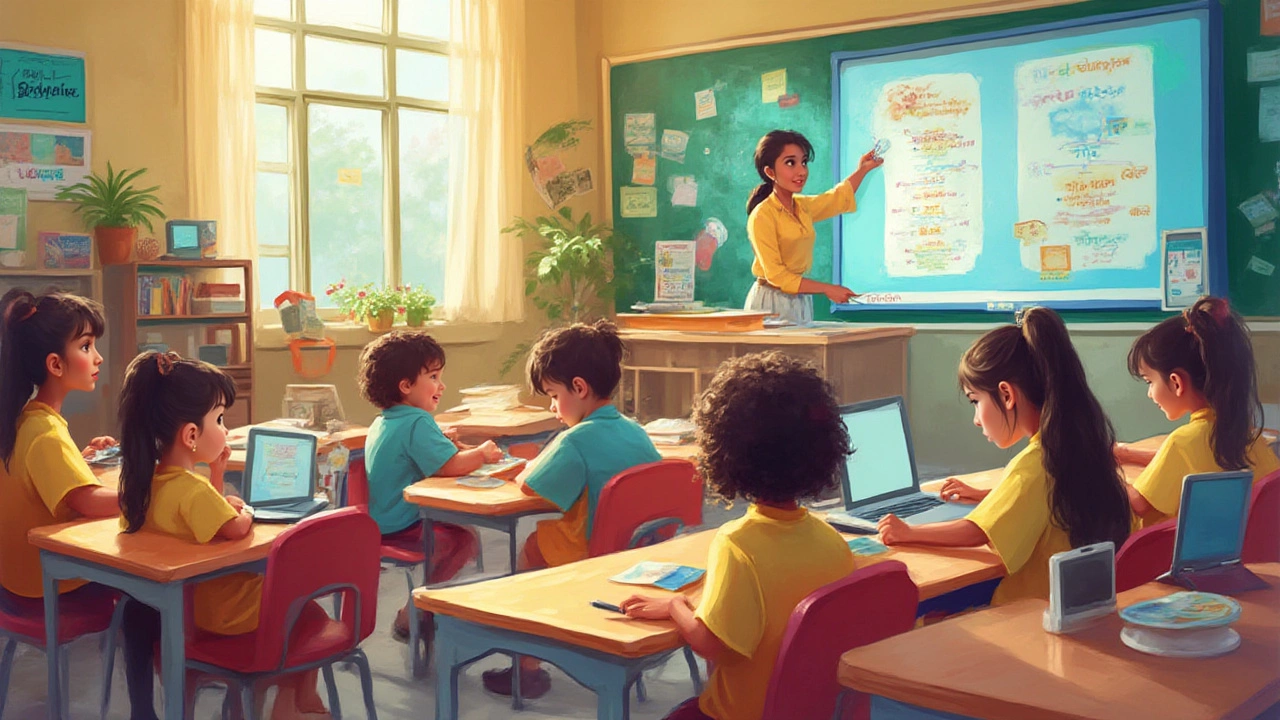Flipped Classroom: A Simple Guide to Turn Lessons Upside‑Down
Ever watched a video at home and then used class time for discussion? That’s the core idea of a flipped classroom. Instead of lecturing in class, you give students the basics to study on their own – usually through short videos or readings – and then spend face‑to‑face time on activities that make the material stick. It flips the traditional flow and lets you focus on what really matters: interaction, problem‑solving, and feedback.
Why Flip Your Classroom?
First off, students get to learn at their own pace. If a concept is tricky, they can pause, rewind, or re‑read without feeling rushed. Second, class becomes a workshop instead of a one‑way lecture. You can run debates, group projects, or real‑world case studies that push deeper understanding. Third, attendance often improves because learners see clear value in showing up – they’ve already done the prep and now want to apply it. Finally, teachers get instant insight into who’s grasping the material and who needs extra help.
How to Get Started in a Few Steps
1. Pick the right content. Choose topics that benefit from active practice – think problem sets, lab work, or essay outlines. Record a 5‑10 minute video or curate an existing one that covers the theory.
2. Keep it short and focused. Students are more likely to watch a bite‑sized video than a 45‑minute monologue. Use clear headings, visuals, and a quick summary at the end.
3. Set clear expectations. Tell students exactly what to watch, what notes to take, and what questions to bring to class. A simple checklist works wonders.
4. Design in‑class activities. Plan group work, quizzes, or problem‑solving sessions that directly use the pre‑class material. The goal is to apply, not re‑listen.
5. Gather feedback. After the first few weeks, ask students what’s working and what isn’t. Tweak video length, adjust activity difficulty, or provide additional resources as needed.
Starting small helps you avoid overwhelm. Try flipping just one chapter or unit, see how the class reacts, then expand. Many teachers begin with a single video and a short discussion, then gradually add more complex tasks.
Technology doesn’t have to be fancy. A smartphone, free editing apps, and a platform like YouTube (unlisted videos) or a school LMS are enough. The key is consistency – make sure every lesson follows the same pattern so students know what to expect.
When you see learners asking deeper questions, collaborating more, and actually enjoying class, you’ll know the flip worked. It’s not about abandoning lecturing completely; it’s about using lecture time for what lecture time can’t do – create a space where students think, argue, and create together.
Give it a shot this semester. Pick a topic you’re comfortable with, record a short intro, and turn the rest of the class into a hands‑on lab. You might be surprised how quickly both you and your students adapt to the new rhythm.
- July
4
2025 - 5
Top eLearning Models Explained: Guide to Modern Online Education
A straightforward, detailed dive into the 5 most popular eLearning models, how they shape modern education, and tips for choosing the right method.
Read More